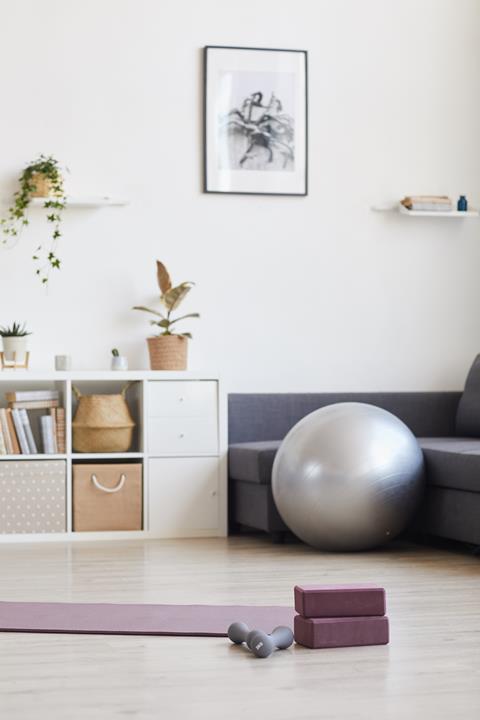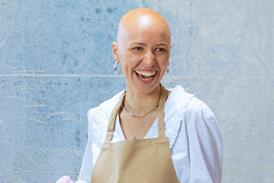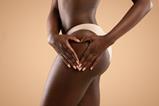Bukky Ayoade explains how staying active can help us to tackle the symptoms of menopause

In previous articles, we have established that menopause marks a significant transition for women – a time of change, growth and renewal. Here, I shed light on the physical, mental and spiritual benefits of staying active during menopause, supported by timeless wisdom found in the scriptures.
Exercise is worship
A great place to start is by thinking of exercise as an act of worship. We have the power to glorify God by nurturing and moving our bodies. As Romans 12:1 says: “Therefore, I urge you, brothers and sisters, in view of God’s mercy, to offer your bodies as a living sacrifice, holy and pleasing to God – this is your true and proper worship.” In 1 Timothy 4:8 we are told: “physical training is of some value” – the passage then goes on to talk about spiritual training, because, ultimately, it’s about surrendering every piece of us – heart, mind, body and soul – to God.
How does exercise help in menopause?
Exercise is crucial during menopause for several reasons:
Physical It helps reduce the risk of cardiovascular disease, improves our metabolic state and supports our muscle and bone health.
Mental Menopause comes with emotional fluctuations, and physical activity releases endorphins – the body’s ‘feel-good’ hormones – thereby promoting emotional wellbeing and alleviating symptoms like stress, anxiety and mood swings. Proverbs 17:22 tells us that: “A cheerful heart is a good medicine, but a crushed spirit dries up the bones”, so we can exercise to get happy! Walking outside in nature is also good for mental clarity, also providing the ‘feel-good’ factor.

Common questions about exercise
Here I address some of the questions I hear regularly from women in midlife.
What exercises specifically help midlife women? Whatever you do, please make it something you enjoy so it’s fun, sustainable and doesn’t become a chore. I would also suggest working with a professional to get started so you are guided on the right exercises to help you reach your goals as well as supported on how to exercise correctly to prevent injury.
Current recommendations are at least 150 minutes of moderate-intensity aerobic exercise or 75 minutes of vigorous-intensity aerobic exercise per week (I choose moderate myself), along with muscle-strengthening activities at least two days a week. Both aerobic exercises (such as walking, jogging or swimming) and strength training (such as push-ups, planks, lunges, and deadlifts) are beneficial during menopause. Aerobic exercise promotes cardiovascular health and helps with weight management, while strength training helps maintain muscle mass and bone density, which declines in menopause.
I have not exercised before; can I start now? The best time to start was yesterday, but the next best time is now. However, it’s advisable to start gradually and choose activities that match your individual fitness level. It is advisable to work with a professional to get you started, and women with pre-existing health conditions should consult with their healthcare provider before beginning a new exercise regime. Some beginner-friendly exercises include walking, swimming, cycling, squats and dancing.
How can I stay motivated to exercise during menopause? When it comes to exercise, I say: “Don’t wait for motivation, just do it and motivation will follow.” It’s an approach I use myself on days I struggle to get out, especially in the colder months. Group exercises or partnering with a friend can help keep us motivated and accountable. Hebrews 10:24–25 encourages us to “spur one another on toward love and good deeds, not giving up meeting together”. In the context of exercise in menopause, group exercise/fitness classes can foster a sense of community and support. Sharing experiences and encouragement with others can be uplifting and strengthen our resolve to prioritise our health. So, find your exercise tribe!
My personal midlife exercise journey
As I am not a fan of the gym, my preferred form of exercise is walking so I seize every opportunity I can get to do so. I also do some stretch routines with a gym bar and use mini weights and resistance bands. I keep my routines short and to the point and staying consistent helps retain my fitness levels. I also attribute this to me being able to take part in the ASICS London 10K in 2021, and I plan to walk this again this year.
Lifestyle and leisure
Seeing exercise as a lifestyle habit in menopause is crucial. This happens by adopting a sustainable and consistent practice, so it becomes second nature just like eating or brushing our teeth. Make it fun; add in community, a buddy, go on retreats or other social element and you are on to a winner.
Get moving!
Feel good with Lavina – short exercise ‘snacks’: youtube.com/@feelgoodwithlavina
Flair Pilates – some uncomplicated Pilates moves: youtube.com/@flairpilates1341
Goodnick – exercises for older adults: youtube.com/@goodnick2230
Menopause Pilates – online weekly Pilates classes: menopausepilates.com
Walk at home – a workout for those times when you can’t get out: youtube.com/@LeslieSansonesWalkatHome
52 Ways to Walk: The Surprising Science of Walking for Wellness and Joy, One Week at a Time by Annabel Street (Bloomsbury Publishing).
Bukky Ayoade is a pharmacist and certified health and wellness coach, with a particular interest in the menopause. To find out more about Bukky and the resources she offers, visit vibrantmidlife.com

































No comments yet